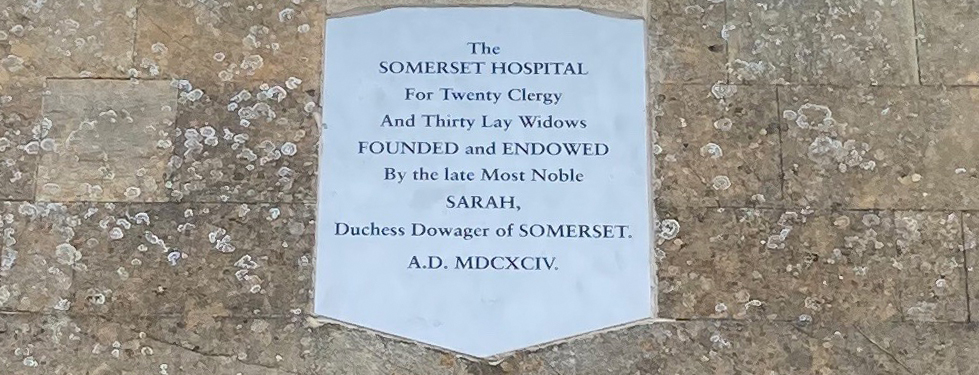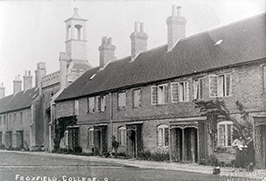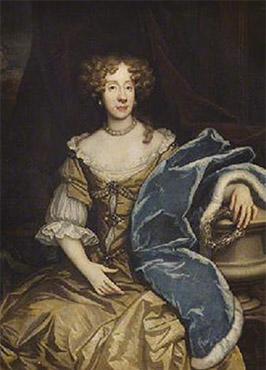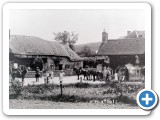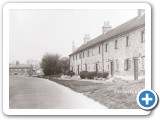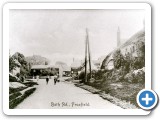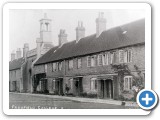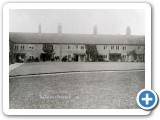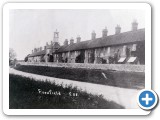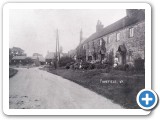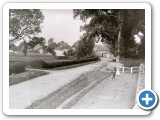The Duchess of Somerset Hospital
History
History
A day in the life 1695 - to... ! |
||||
Froxfield sits in its rural landscape; one of those places that if, when speeding by you blink, you miss it. As I drove past, on my day off from a girls’ boarding school, one building did stand out on its prominent position on the A4. I noted the high walls and clock tower, those tall, blue, wrought iron gates and wondered what sort of place it might be. I variously imagined some sort of hospital, a nursing home perhaps, an institution of some kind, never thinking that one day I would find a home within those walls. Retirement would provide the answer and the day I found myself driving into a spacious car park - I had come to view a cottage available at the Duchess of Somerset’s Hospital, better known as the College.
A day in the life of a resident would have been very different in the 17th century. They would arrive to a set of rigid rules and no central heating; shared outhouses for washing and water, wood and later coal, required fetching and carrying. Life revolved around daily prayer in the chapel, Sunday worship, and conformity to the rules of an insular world. The women would have wandered to Almshouse Copse for kindling or worked in the gardens and allotments. I imagine a stern existence by today’s standards but shelter and a community for those who had nowhere to go. They received a small allowance and once a year a suitable new cloth gown.
|
The clergyman’s widow enjoyed slightly more status within the College, with one resident appointed by the Trustees as matron to report on the behaviour of the rest! A flavour of daily life here comes from the College Minute Books, held in the Wiltshire & Swindon History Centre in Chippenham - |
And this historic place would be my home. Fortunately for me, I am a child of the 20th Century. I’m not sure I would have liked the 17th! Today the residents are an independent minded and talented group of women from all sorts of professions - retired nurses, carers, teachers, writers, musicians, artists, business-women, farmers, and some from corners of a once far-flung empire - Zimbabwe, South Africa and the antipodes; and although small the cottages have all the mod cons that 21st century living demands. Yes, we have hot and cold water, central heating, bathrooms we bathe in, kitchens, broadband, but mostly that enduring outlook. The peace and tranquillity is a balm to those who, for whatever reason, need the security that the College offers. Privacy is respected and to be different accepted. We no longer receive an allowance or a cloth gown or obliged to attend chapel, nor spied upon by the dreaded matron! Many of those old rules have also gone but one still endures “That each Widow behaves respectfully to the Trustees, The Chaplain, Steward and to each other.” Thus we are able to live ordinary lives but in an extraordinary place without the fear or superstitions of a previous era. One resident remarked 'It isn’t the people that matter, it is the Grade II listed buildings'. For over three hundred years the women have come and gone, we will go to, others will come and they will know that moment you step through the arch and the view takes the breath away. Each year, on Founders' Day in October, we give thanks to Sarah, Duchess Dowager of Somerset. |
||
Duchess of Somerset Hospital | telephone: 01488 684408 | email
